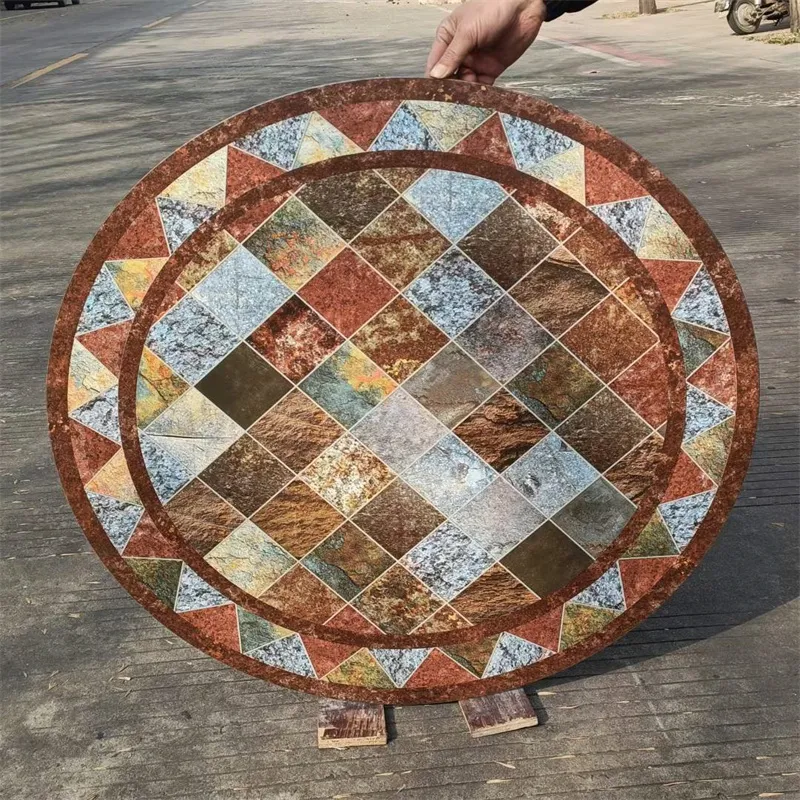Oct . 04, 2024 21:36 Back to list
Different Varieties of Reflective Glass and Their Unique Applications
Types of Reflective Glass
Reflective glass, a hallmark of modern architecture and design, serves both aesthetic and functional purposes. By incorporating reflective coatings, this type of glass enhances privacy, reduces glare, and improves energy efficiency. In this article, we will explore the various types of reflective glass available on the market, delving into their unique properties and applications.
1. Tinted Reflective Glass
Tinted reflective glass is created by adding metal oxides during the glass manufacturing process. This type of glass reduces solar heat gain and glare, making it an ideal choice for buildings located in sunny climates. Commonly available in colors such as gray, bronze, and green, tinted glass not only enhances privacy but also contributes to the building's overall aesthetic. Because of its ability to filter light, tinted reflective glass is often used in commercial buildings, office towers, and residential homes.
2. Low-Emissivity (Low-E) Reflective Glass
Low-emissivity (Low-E) reflective glass is designed to minimize the amount of infrared and ultraviolet light that can pass through without compromising the amount of visible light entering the space. This is achieved through a microscopic, transparent coating that reflects heat back into the building. Low-E glass helps maintain comfortable indoor temperatures and reduces energy consumption, making it a popular choice for energy-conscious builders. It is commonly used in both commercial and residential applications, especially in regions with extreme temperature variations.
3. Mirror Glass
types of reflective glass

Mirror glass, often used for decorative purposes, is a highly reflective glass that provides a striking aesthetic. This type of glass is created by applying a reflective coating to one side of the glass, giving it a polished appearance. Mirror glass is frequently used in interiors—such as in retail environments and lobbies—as well as in exterior facades to create stunning architectural features. Its reflective properties can also aid in reducing heat gain while enhancing natural light in the space.
4. Coated Reflective Glass
Coated reflective glass features a layer of metallic coating applied to the surface, designed to reflect solar energy and visible light. This type of reflective glass comes in various colors and levels of reflectivity, offering versatility for designers and architects. Coated reflective glass is highly effective in increasing energy efficiency by reducing reliance on air conditioning and artificial lighting. It is often employed in skyscrapers, commercial complexes, and other large-scale projects where energy savings are paramount.
5. Insulated Reflective Glass
Insulated reflective glass combines reflective properties with insulation. This type of glass consists of two or more panes separated by a spacer filled with gas, which enhances thermal performance. Insulated reflective glass is particularly advantageous in areas with significant temperature fluctuations, as it provides both energy efficiency and comfort. Institutions like schools, hospitals, and residential buildings often utilize insulated reflective glass to create comfortable living and working conditions.
Conclusion
Reflective glass comes in various types, each with distinct benefits and applications. Whether it’s tinted, Low-E, mirror, coated, or insulated, the integration of reflective glass into building designs not only enhances their visual appeal but also contributes to energy efficiency and comfort. As architecture continues to evolve, the role of reflective glass will undoubtedly grow, making it a staple in contemporary construction and design.
-
Safety and Style with Premium Laminated Glass Solutions
NewsJun.24,2025
-
Reinvents Security with Premium Wired Glass
NewsJun.24,2025
-
Premium Float Glass Line for Modern Architecture
NewsJun.24,2025
-
Low Emissivity Glass for Energy-Efficient Architecture
NewsJun.24,2025
-
High-Performance Insulated Glass Solutions for Modern Architecture
NewsJun.24,2025
-
Elevates Interior Style with Premium Silver Mirror
NewsJun.24,2025
Related PRODUCTS














